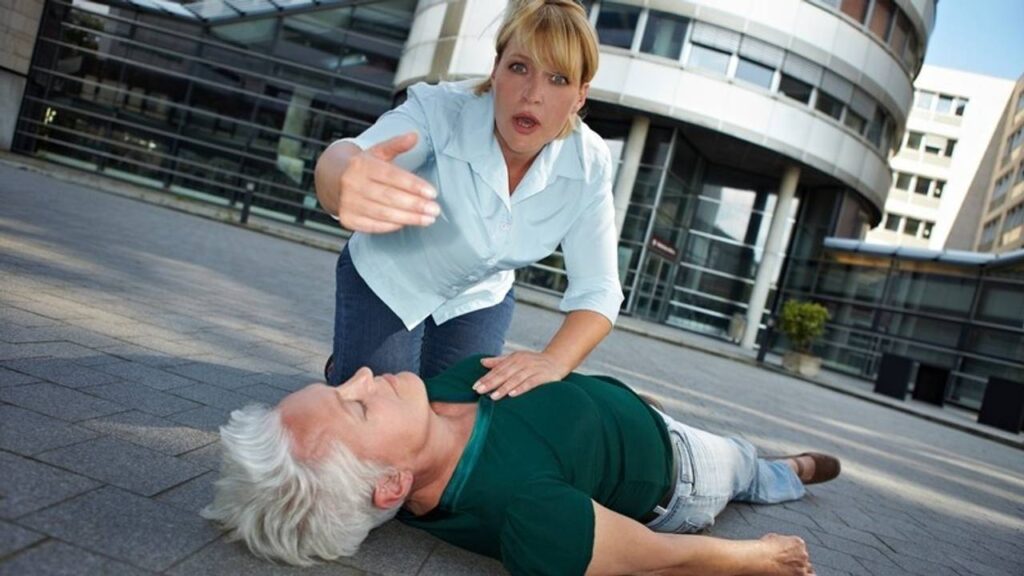Seizures can be sudden and scary, but understanding them and knowing how to respond can make a big difference. Here’s a friendly guide to help you out:
What Causes Seizures?
Seizures can happen for various reasons, and they might occur once or repeatedly. Common causes include:
- Epilepsy: A neurological disorder where they are recurrent.
- Head Injury: Trauma to the brain can lead to seizures.
- Infections: High fevers, meningitis, or encephalitis.
- Stroke: Reduced blood flow to the brain can trigger seizures.
- Metabolic Issues: Abnormal levels of sodium, calcium, or glucose in the blood can cause seizures.
- Brain Tumors: Abnormal growths can disrupt brain function.
- Substance Abuse or Withdrawal: Drugs and alcohol, especially during withdrawal.
- Genetic Factors: Some types of epilepsy are inherited.
Recognizing Seizures
Seizures can show up in different ways, depending on the part of the brain affected. They are generally categorized into two main types: focal and generalized.
- Focal: Affect only one part of the brain. Symptoms may include twitching, sensory changes, and confusion.
- Generalized Seizures: Affect the entire brain. They include different types:
- Tonic-Clonic Seizures: Characterized by stiffening (tonic phase) followed by jerking movements (clonic phase).
- Absence Seizures: Brief lapses in awareness, often seen in children.
- Myoclonic Seizures: Sudden, brief jerks or twitches of the muscles.
- Atonic Seizures: Sudden loss of muscle tone, causing the person to collapse.
First Aid
(video below)
- Stay Calm and Ensure Safety: Keep the person safe from injury by removing nearby objects that could cause harm. If the person is on the ground, gently turn them onto their side to prevent choking and ensure they can breathe easily.
- Time the Seizure: Note the duration. If it lasts longer than five minutes, seek emergency medical help immediately.
- Do Not Restrain: Never try to hold the person down or stop their movements, as this can cause injury.
- Protect the Head: Place something soft, like a folded jacket, under the person’s head to prevent head injury.
- Loosen Tight Clothing: Loosen any tight clothing around the neck to help with breathing.
- Stay With Them: Stay with the person until it ends and they regain full consciousness. Offer reassurance and a calm environment as they may be confused or disoriented.
- Do Not Put Anything in Their Mouth: Contrary to popular belief, do not place any objects or fingers in their mouth. This can cause injury or block their airway.
When to Seek Medical Help
- If the it lasts more than five minutes.
- If another starts immediately after the first.
- If the person has difficulty breathing or doesn’t regain consciousness.
- If there are any secondary injuries that have occurred.
Conclusion
Seizures, though alarming, can be managed with proper understanding and care. Knowing the causes, recognizing the symptoms, and administering appropriate first aid can ensure safety and provide comfort during these events. Spreading awareness and educating others about seizure first aid can make a significant impact on the lives of those affected by this condition.
Our WSIB-approved Standard First Aid Training addresses medical emergencies, including signs and symptoms of seizures along with first aid treatment.
Would you know what to do? 😊

Kathryn Davies
President Owner

